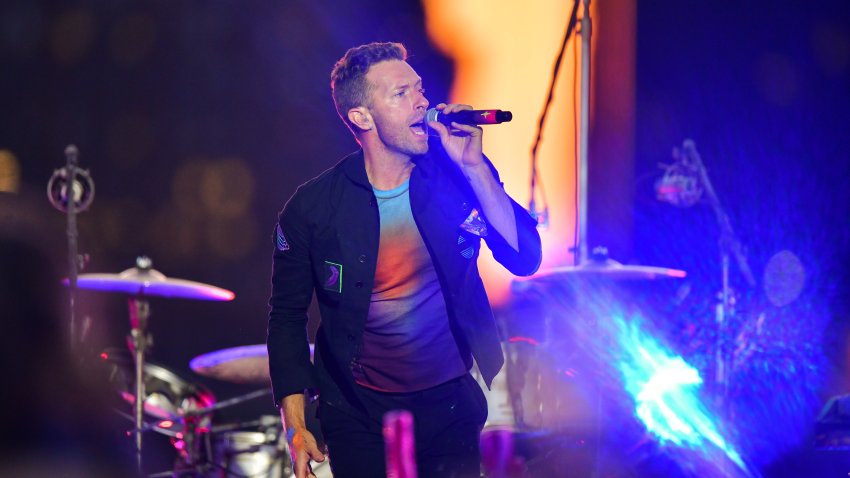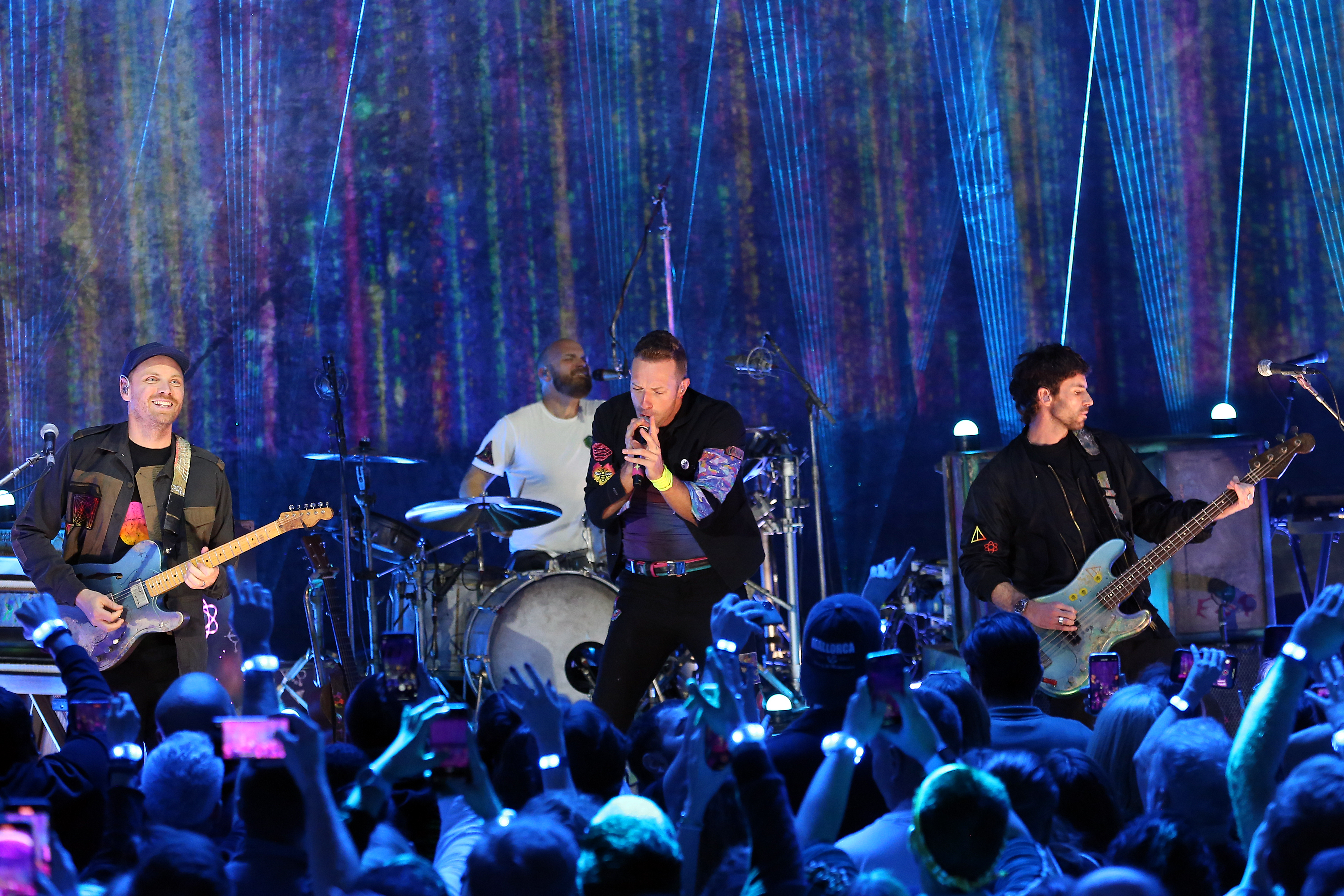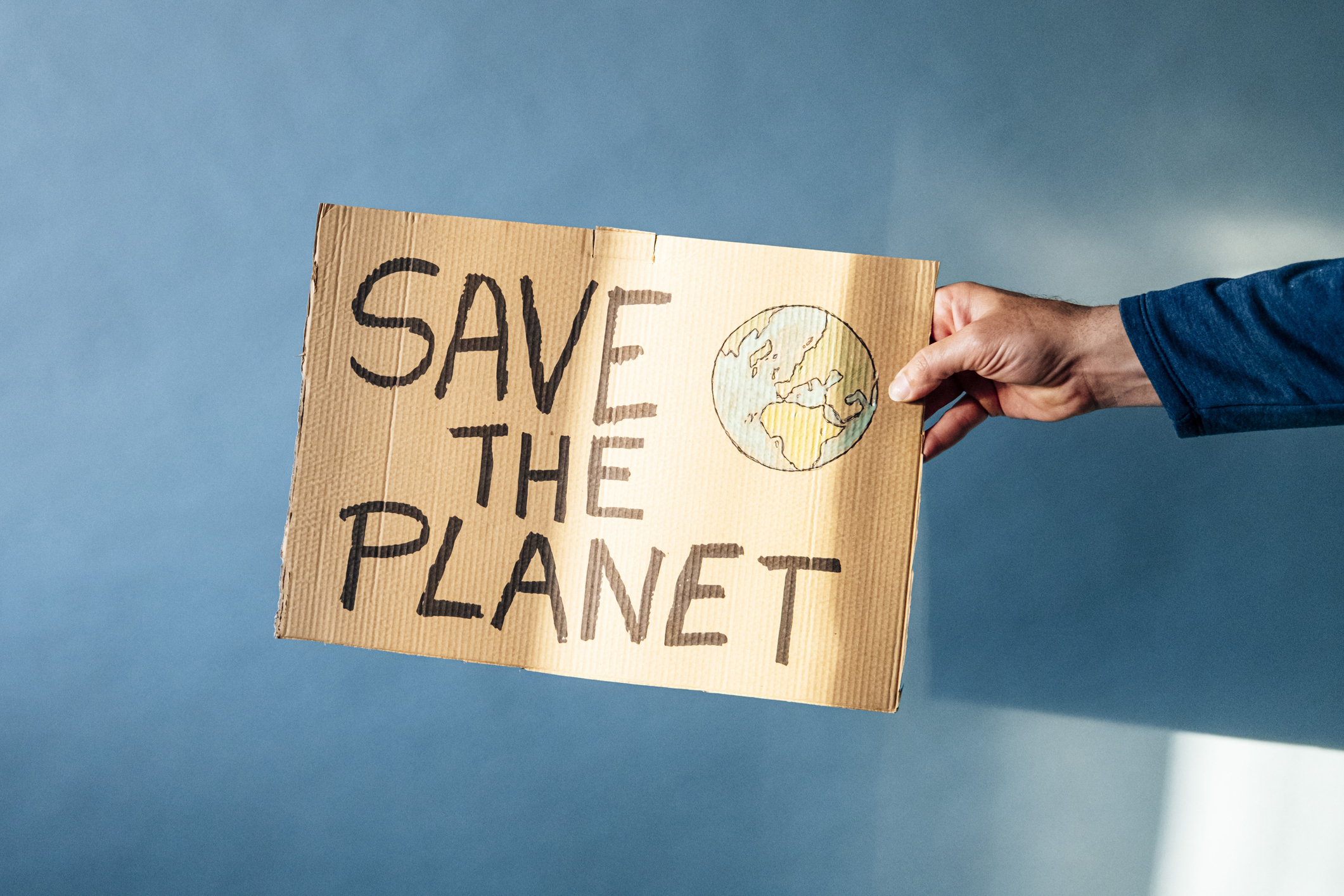
Musicians and music lovers are banding together to fight climate change with the help of REVERB — a nonprofit with musician, venue and festival partnerships that has been helping lead the green movement in the music world since 2004.
Lauren Sullivan and musician Adam Gardner, the married duo behind REVERB, met in 1992, when Gardner was a 19-year-old musician. Gardner said he quickly learned of Sullivan's frustrations in the environmental world and realized he was contributing to them.
“She was feeling like the environmental community was very insular and only speaking to itself,” said Gardner, guitarist and vocalist for the band Guster. “And it was a bunch of people in the circle agreeing with each other, but no one talking outside of the circle. That was the late '90s, early 2000s, and a lot has changed since then. Green was just a color, very few knew what sustainability meant.”
“She was like, 'Gosh, there's gotta be a way we can tap into the mainstream more; environmentalism shouldn't just be for a small section of the population’ ” Gardner recalled.

Gardner knew that touring with a band was contributing to hurting the environment, but at the time he didn’t know what he could do about it. That led to the birth of REVERB, which was aimed at bringing environmentalism to the masses while at the same time making touring and the music industry as a whole more sustainable.
Gardner felt that as a musician, he and others could use their platform to create real change.
Today, REVERB integrates people from its team into national tours to help make them more eco-friendly and lessen the impact on the environment. One musician helping lead the way is Grammy winner Billie Eilish.
“On Billie Eilish's tour right now, we have two road staff who are a part of the road crew just like a guitar tech or sound person would be, but their job specifically is to handle all of the sustainability efforts,” Gardner said. “They're on the ground to make sure that it happens in real time at each concert and also to engage fans in the Eco-Village where we bring in local and national nonprofit groups, specific action campaigns and free water refill stations where fans can fill up reusable water bottles, etcetera.”
Feeling out of the loop? We'll catch you up on the Chicago news you need to know. Sign up for the weekly Chicago Catch-Up newsletter.
On Eilish’s current Happier Than Ever world tour, concert-goers can stop by the Eco-Village to donate for a custom reusable water bottle, refill water bottles, eat a plant-based meal, get connected to local nonprofits, take a climate quiz and register to vote.
“The REVERB Eco-Village, adds on opportunities for artists to positively impact their fans — to get them excited about taking action and give them hope,” Gardner said. “Because I think especially when you're talking about the climate crisis, it's hard as an individual person to feel like you're having any impact on it. It feels like, ‘What can I possibly do? I'm just one person on this giant Earth, and I don't have control of anything,’ but that's not true. When you're one of millions of Billie Eilish fans or when you're one of billions of fans of all these artists partnering with REVERB, there is real impact. All of those little actions you can take add up in a significant way, and that is where the Eco-Village really comes into play.”

Some of REVERB’s early artist partners include Dave Matthews Band, Jack Johnson, Maroon 5, Dead & Company and John Mayer, who the nonprofit still works with. Gardner’s band Guster opened for many of the bands on past tours that are now involved with REVERB.
Before the tours take place, the REVERB team takes a deep dive into every facet of the musician’s tour and works with their management to see what can be more eco-friendly, including looking at merchandise that will be sold. For Eilish, her vinyl is made from recycled material and all of the paper in her product is FSC-certified paper, recycled content and soy ink. On Lorde’s tour, 100% of her merchandise is made from 100% recycled, grown-in-America cotton.
“We try to look at it 360 degrees from food to carbon footprints, travel, hotels, fan travel — it's a long list of things — merchandise, stage production," Gardner said. "It's just a matter of how deep an artist is willing to go and how much they'll let us under the hood. Fortunately for us, a lot of the artists we work with want to go as far as possible.”

“I’m thrilled to work with REVERB to make climate action part of my tour and everything I do,” Eilish said in a press release from REVERB. “We face a climate emergency, and we all have a responsibility to spread that call to action.”
On Harry Styles’ 2021 tour, more than 33,900 single-use water bottles were eliminated and it was a climate-positive tour, which means it eliminated more emissions than it created. And, it took into account fan travel to and from shows, according to the impact report that REVERB provides after each tour.
REVERB created the Music Climate Revolution campaign in June 2021 to bring together the music industry and community to fight the climate crisis. The goal is cut the music industry's environmental footprint while supporting climate projects that directly eliminate more greenhouse gas pollution than the music industry creates.
“In the first 180 days of the campaign, we, along with our artist and industry partners raised over $3 million for carbon-fighting projects and eliminated over 50,000 tons of greenhouse gas pollutants,” Gardner said.

For smaller artists and local venues, there are changes they can make to contribute to a healthier planet, too. By looking at power and energy use, the merchandise being sold and the cups and materials being used throughout the business, venues of any size can help contribute to positive change. REVERB offers MusicClimateRevolution.org to provide tips to venues, musicians, festivals, fans and labels on how they can become more eco-friendly.
And REVERB isn't the only nonprofit working toward a greener music industry. Other organizations include Activist Artists Management, Music Declares Emergency and the Jerry Garcia Foundation, which is named after the late lead singer of The Grateful Dead.
“I think there's been a really wonderful tipping point finally happening,” Gardner said. “We've been pushing for a long time in this space to finally have music be more sustainable and now there’s a lot more people who are coming to us and asking questions. Even the artists who have been working with us for decades are saying, ‘How can we go farther?’ I think the pause in live music due to COVID caused everyone to reflect and figure out how we could do it better when we return and now we've returned.”
Before the COVID-19 pandemic hit, REVERB worked its 350th tour.
“As an artist, there are very few causes where you can directly walk the talk,” Gardner said. “Like I want to cure cancer, but I'm not a doctor. I can just write a check and that's all I can really do. But with the environment, I can stop contributing to the problem and the tour can be a living and breathing example of that, which hopefully inspires the fans to follow suit and the rest of the industry and other tours and artists.”



